Curious about why the shamrock became a symbol of Ireland?
**********************************************************************************
SHAMROCKS VS. OXALIS: WILL THE REAL SHAMROCK PLEASE STAND UP
by Andrea Forsberg, Flowerworks
History of the Shamrock
This iconic Irish symbol began its journey to fame with the Celtic druids who considered the number 3 to be a perfect number, associating it with the three realms of sea, sky, and land, as well as the division of soul in the spirit, mind, and body, and the ideal of love, wisdom, and truth, among others. It was first recognized as a symbol related to the Celtic goddess Ana, representing her place as maiden, mother, and crone.
During the 5th century, St. Patrick often used the shamrock to illustrate the Holy Trinity as he spread the Catholic faith throughout Ireland. The shamrock made an appearance on St. Patrick’s coppers, otherwise known as halfpennies, in 1675. By the 19th century, the shamrock became a symbol of Irish rebellion when the English forbade the “wearin’ o’ the green.” Those who wore it anyway faced death. The original shamrock is believed to be the white clover (Trifolium repens), native to Ireland but found growing in yards across America.
Oxalis, the False Shamrock
The plant typically sold as a potted shamrock plant is Oxalis regnellii. This small plant is loved for its clover-shaped leaves in various colors and the delicate flowers that bloom from fall until spring. Its delicate leaves fold up at night and reopen with the return of sunlight. Oxalis is a member of the wood sorrel family. Although both shamrocks and Oxalis have three leaves, they are from different plant genus, and the leaves and the flowers are shaped differently. True shamrocks are members of the clover family Trifolium repens.
Oxalis plant species are extremely prolific and can be found throughout the world, with the most diverse plant being in South America and Southern Africa. While there are many different cultivars of Oxalis, exotic varieties make the best house plants. Oxalis may not be the original shamrock, but this beauty has captured the hearts of all of us looking to bring the luck of the Irish into our homes.
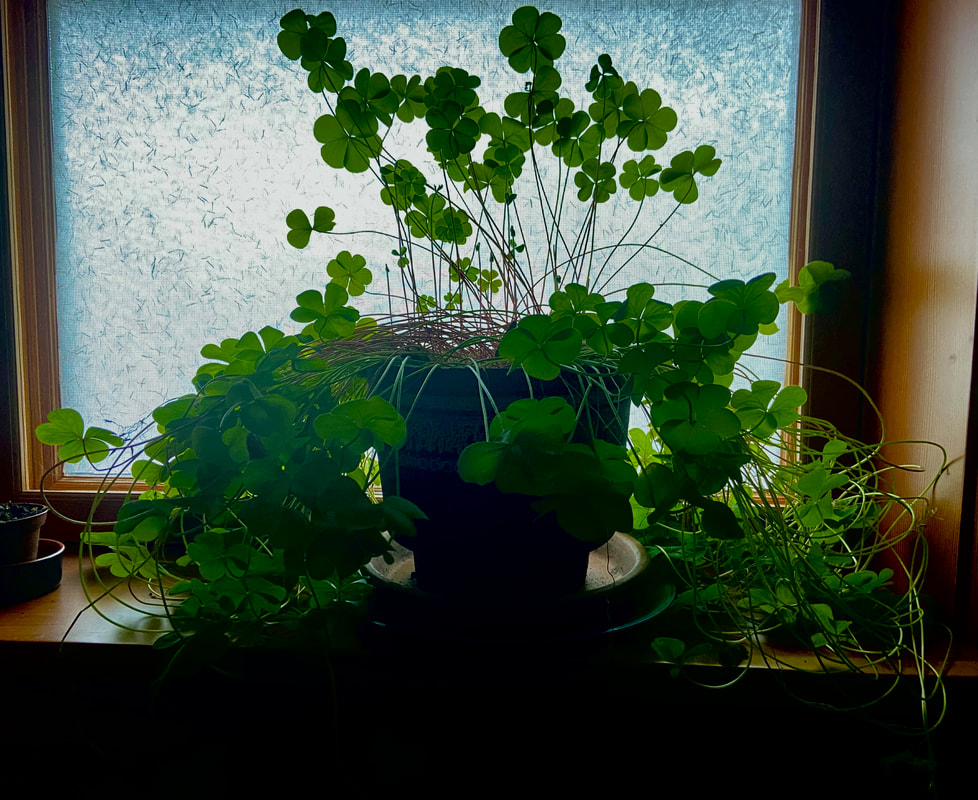
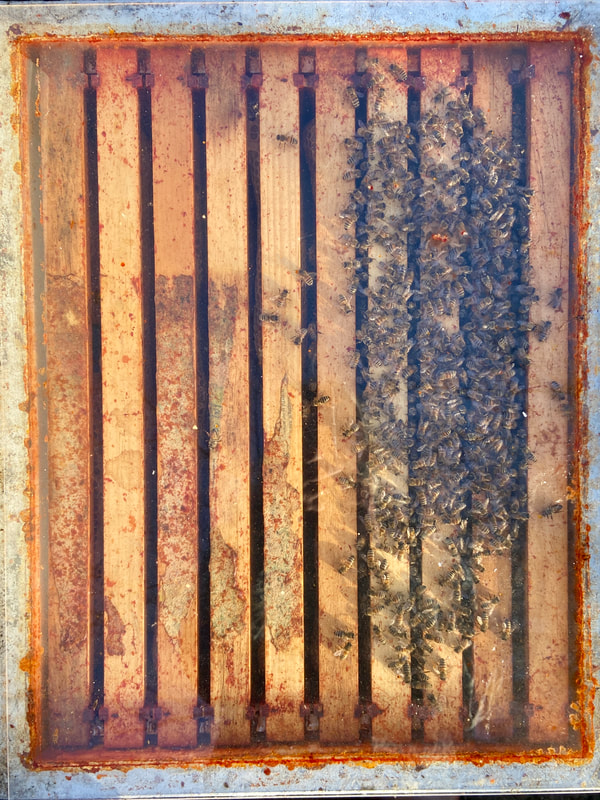

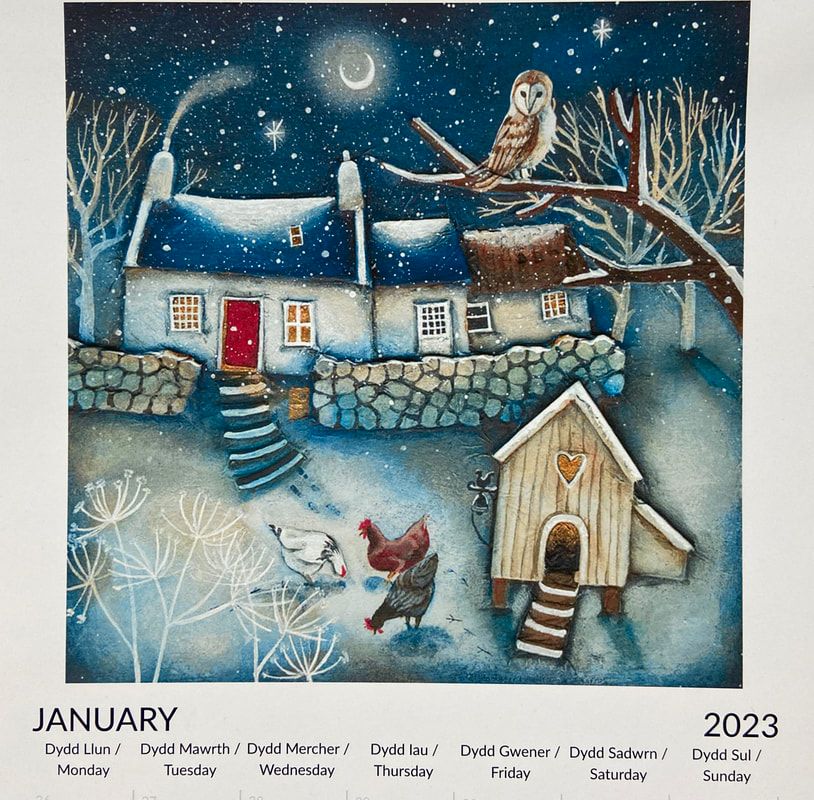


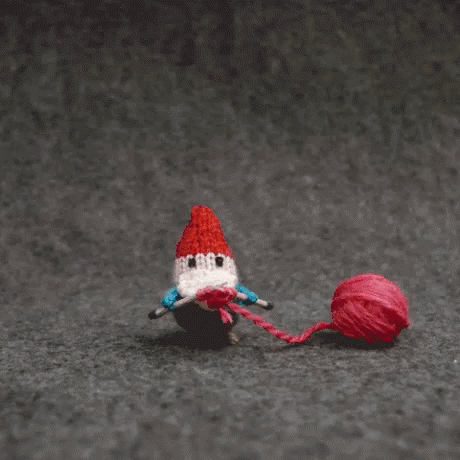
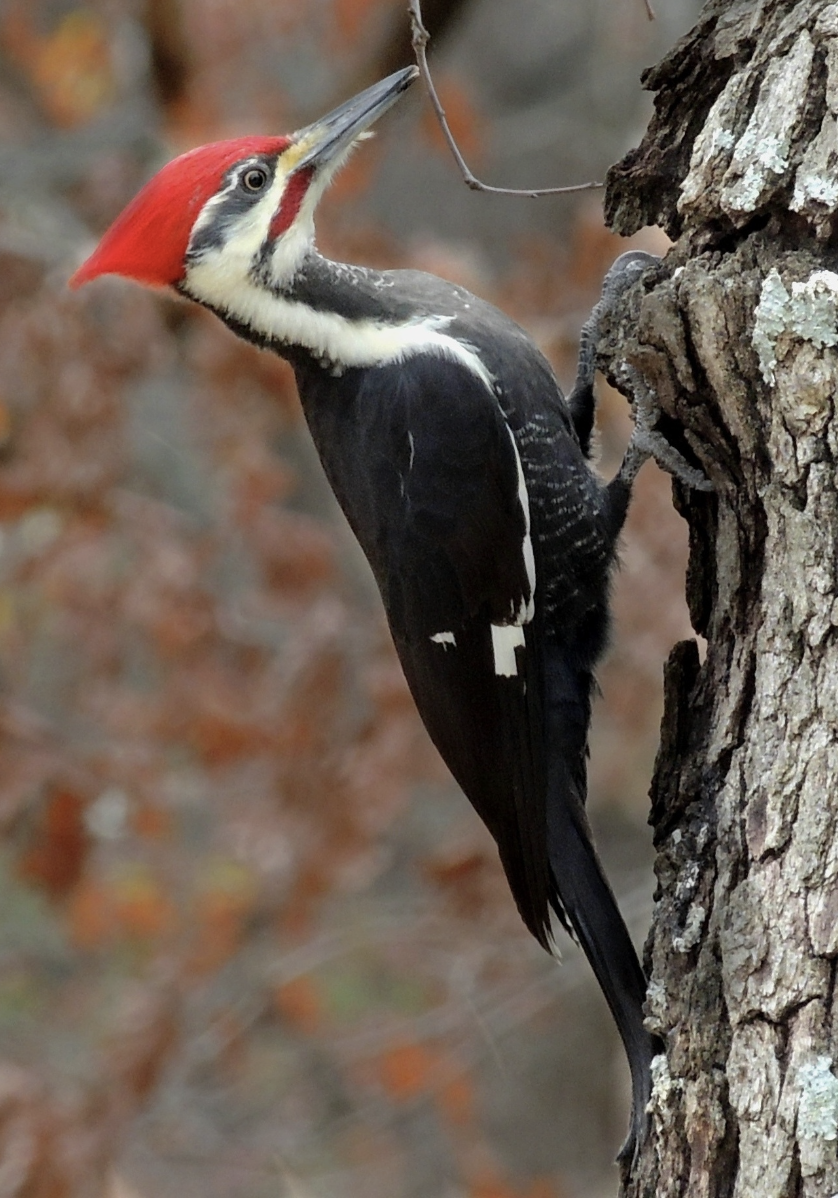
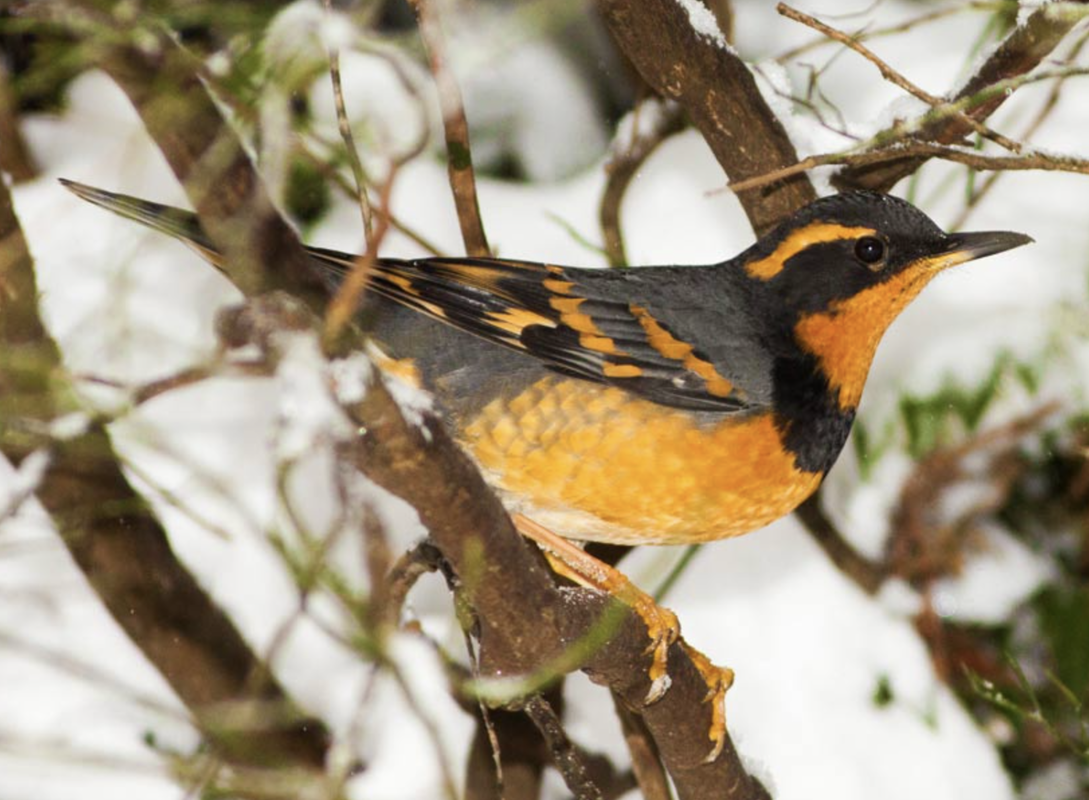
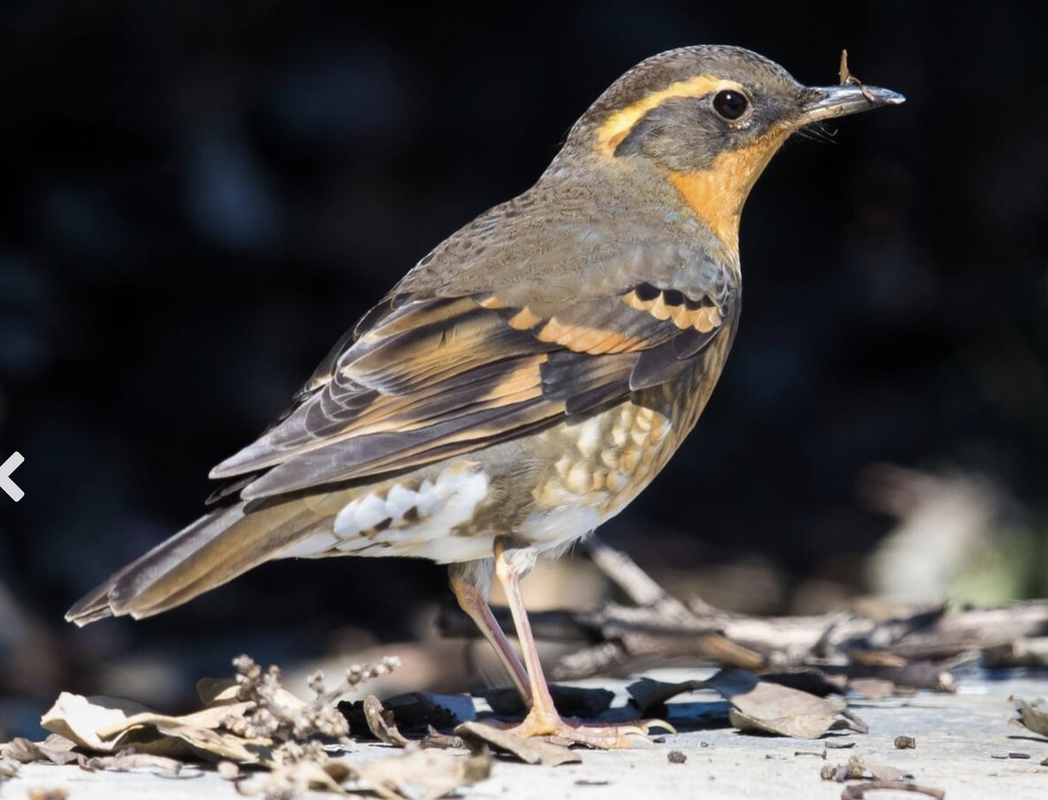
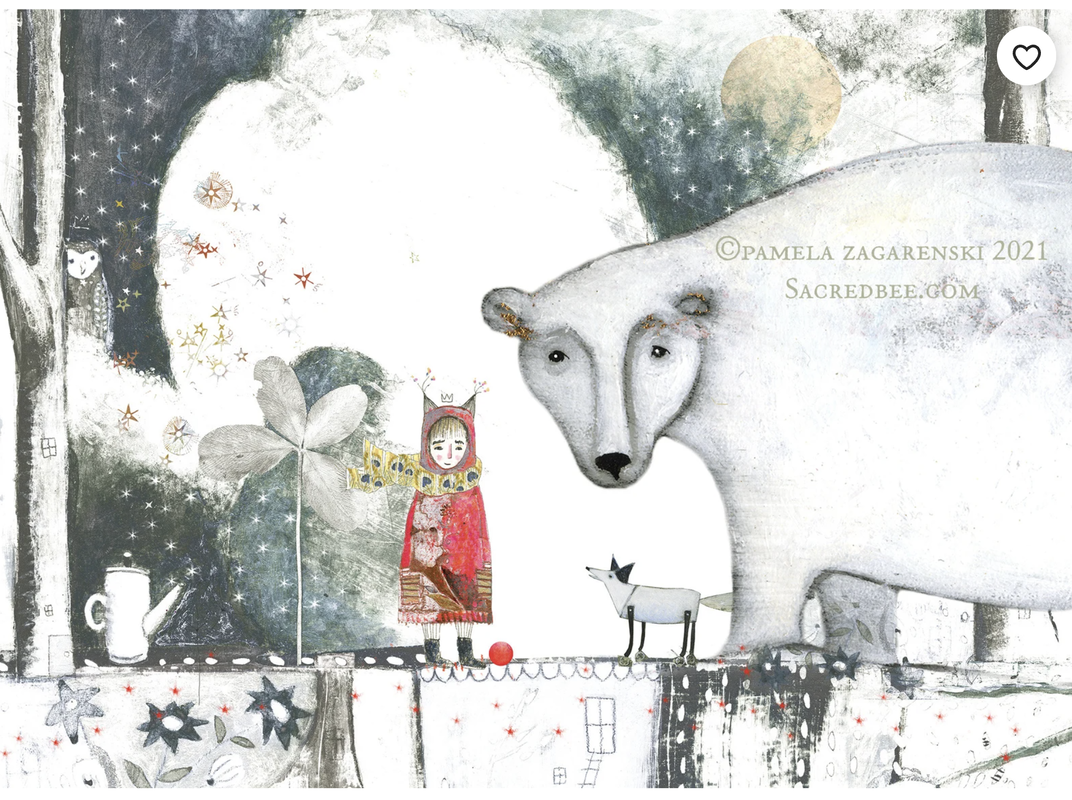
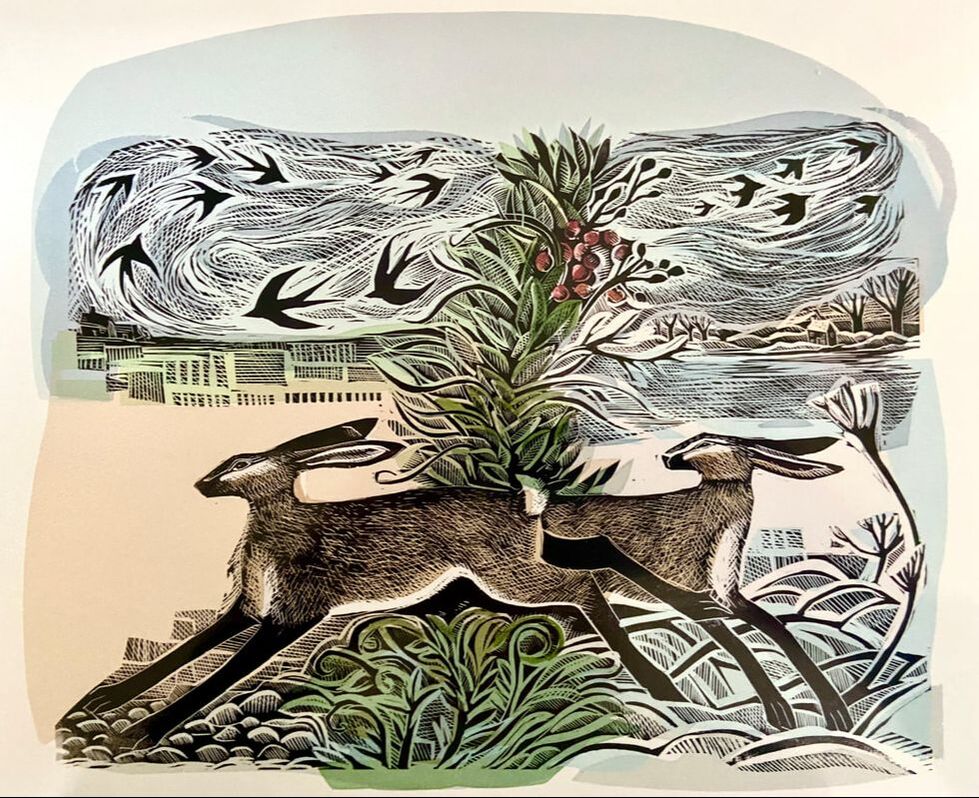
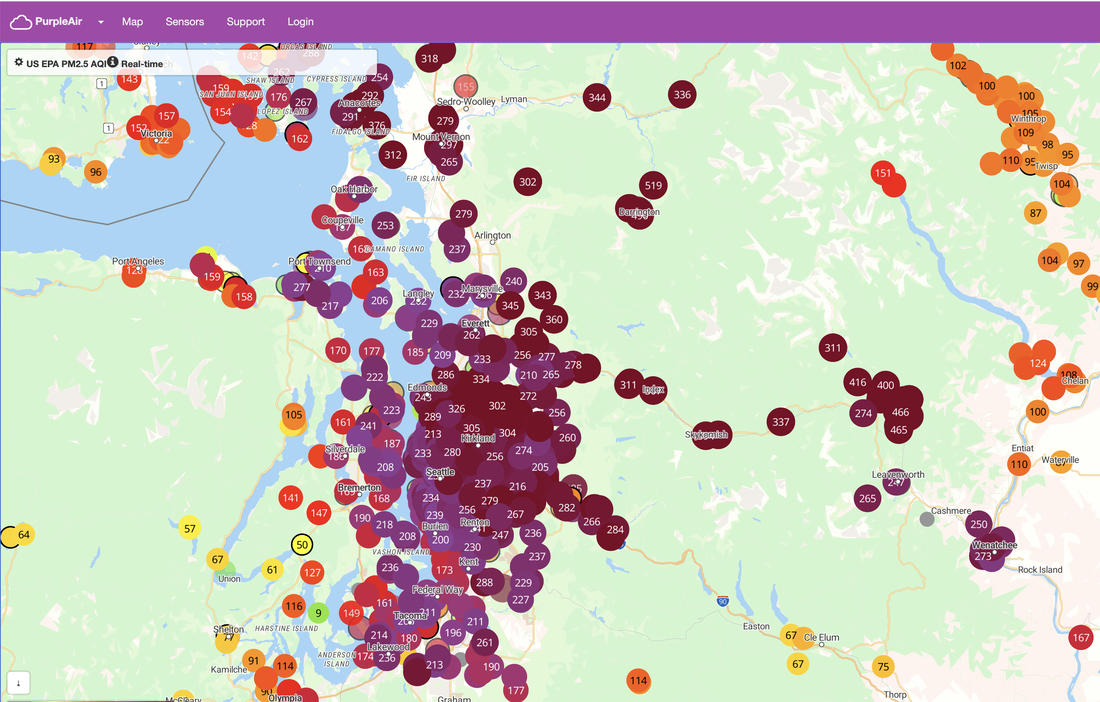
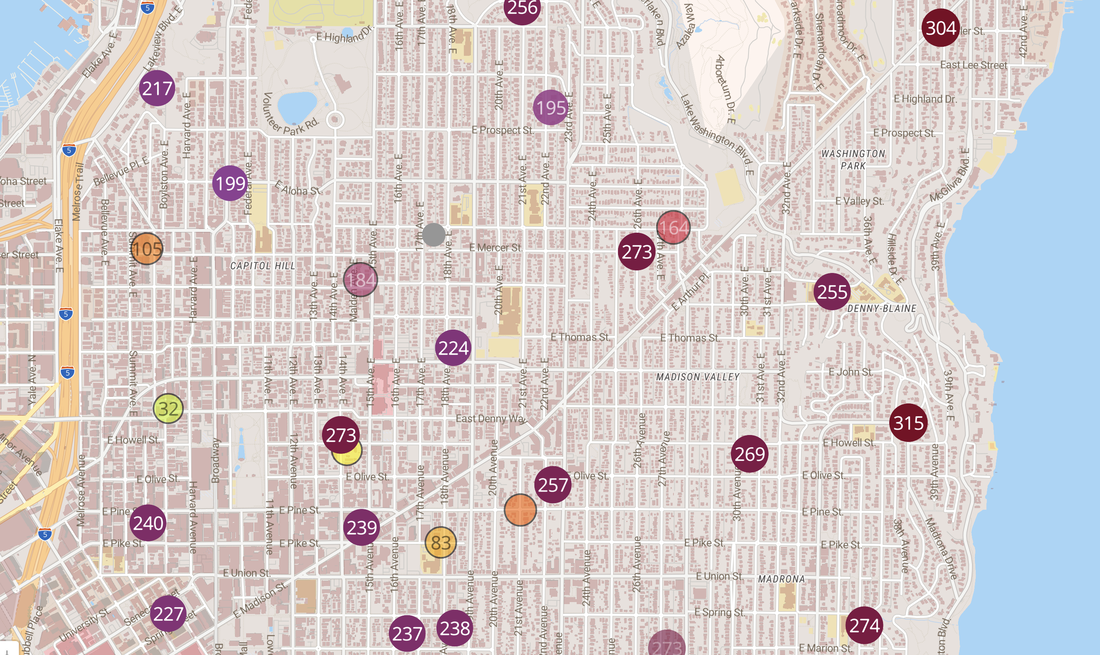


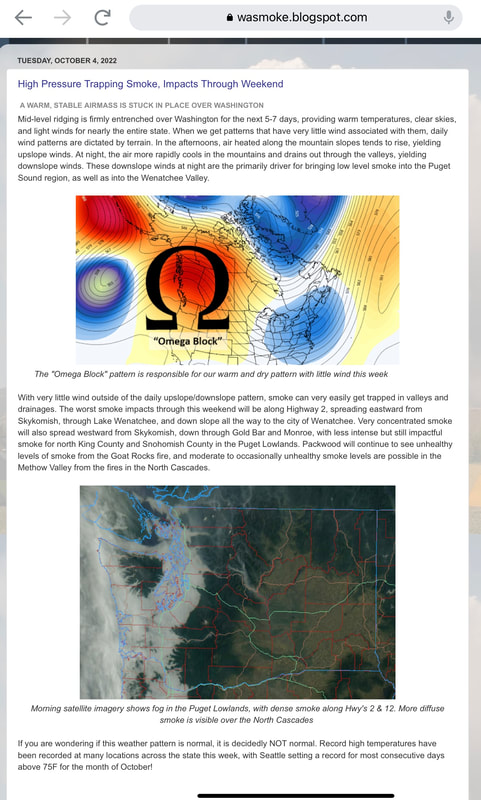

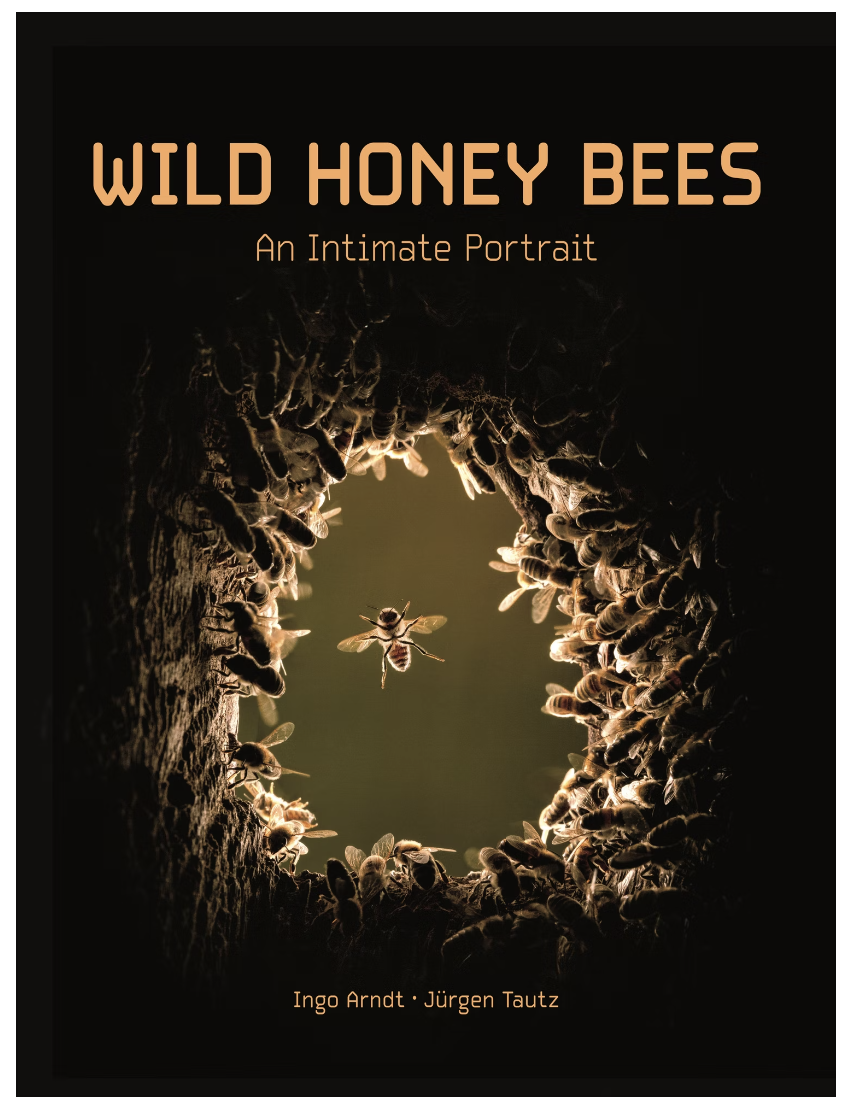

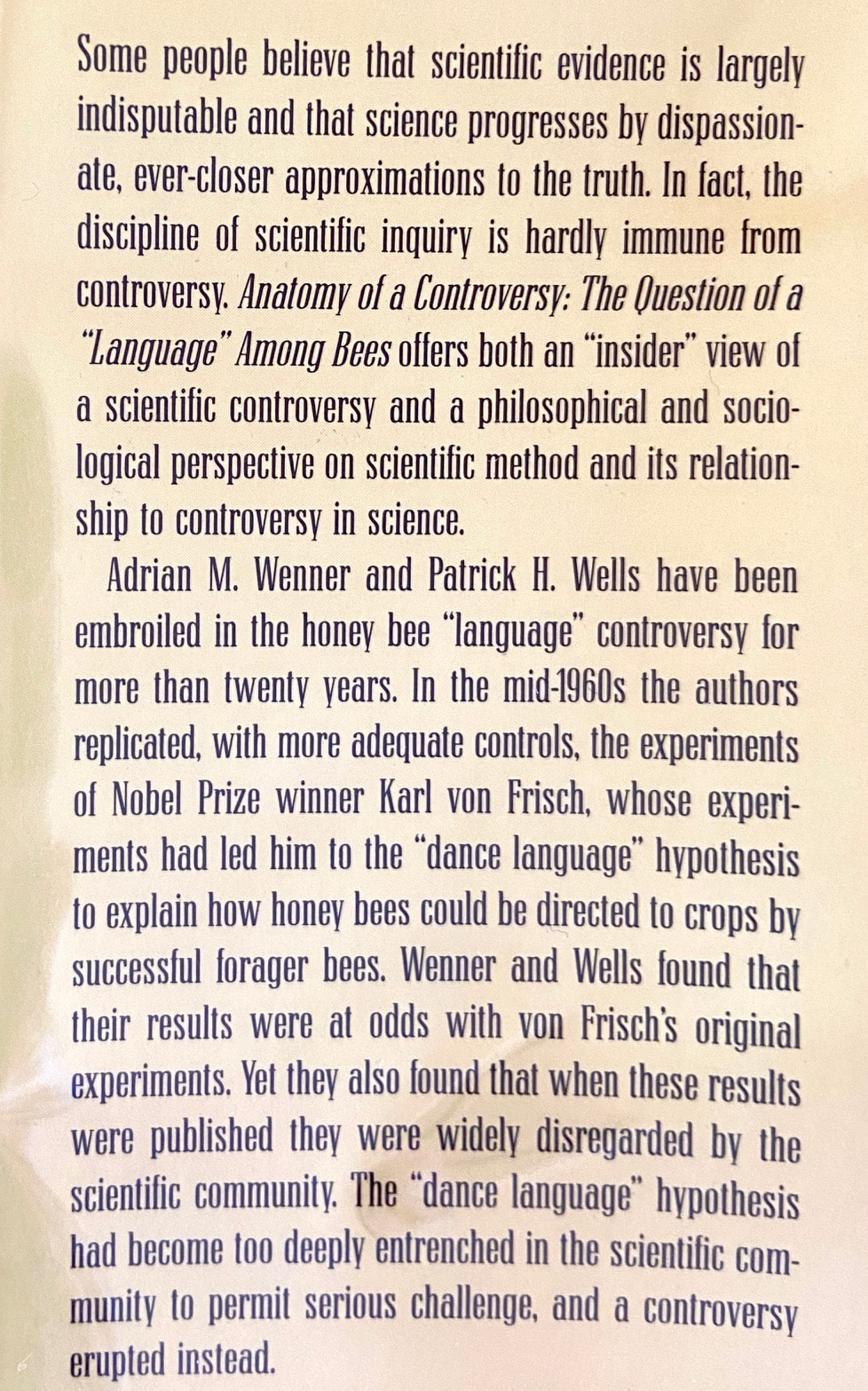
 RSS Feed
RSS Feed
